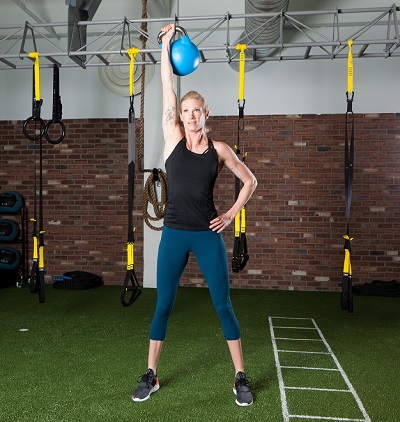The health and fitness industry is full of myths and misconceptions. Everyday we are bombarded with ads, instagram videos, and articles claiming they have discovered the new diet or exercise. There’s so much conflicting information on what we should and shouldn’t do.
That is why I wrote this article. I wanted to cut through the noise and simplify fitness for you. When it comes to fitness,having a solid foundation of principles are essential to achieving your goals.
Why does this matter?
Principles are your bullshit detector. By adhering to principles, you’ll be able to sniff out all the crap information out there. This will help you eliminate information overload, simplify your decision making, and guide you to achieving lifelong results you deserve.
1) Focus on the basics
The principles for losing fat, building muscle, and having Energizer Bunny levels of energy have remained unchanged throughout the years.
In the gym, 80% of your exercises should be big, compound exercises such as deadlifts, squats, bench press, overhead press, and rows. You must also adhere to progressive overload, the oldest and most research strength principle.
For nutrition, have protein with every meal, plenty of veggies, eat foods that once had a face or came directly from the earth instead laced with numerous chemicals or created in a lab.
Drink plenty of water (half your bodyweight in ounces of water.)
Manage stress levels and get 7-9 hours of sleep every night.
If you are unsure what to do, follow the listed advice above and make sure you’re nailing these daily. The majority of individuals don’t. They waste their precious time searching for the “Holy Grail” of hacks. This is a mistake and we’ll get you nowhere. Focus on fundamentals first and foremost.
2) The 6 Month Principle
The honest truth is the majority of individuals already know what they need to do in order to see the necessary changes they desire. Instead of being consistent with their approach, they are embarking upon the never-ending search of that perfect training plan, the next best thing, and that one “secret”.
The “true secret” to losing fat, building muscle and looking your best isn’t one program, nutritional approach, or method. It’s a plan based on the principles engulf in what you can consistently for months and years, not for weeks and 30 day challenges.
I call this the 6 Month Principle and it’s about creating what is sustainable for you. In order to lose that weight once and for all, you need to focus on being consistent, patient, and staying the course. Ask yourself this one question: “can I do this for 6 months?” If not, it’s time to reassess.
3) Focus on behavior, not the outcome
Harsh truth coming in hot!
The uncomfortable truth isn’t your training program nor your nutritional approach; it’s your inconsistent and lackluster commitment that is the problem. If you want to make dramatic changes to your physique you need to modify your behavior.
Without question, it’s a difficult process to alter our behaviors without seeing the immediate gratification of doing so. Sometimes in life, it makes sense to suck it up and make that tough decision (i.e. getting out of a trouble relationship/friendship). However, when it comes to training and nutrition, you need to delay immediate gratification in favor of greater rewards down the road.
By focusing on your behaviors, you’ll be better to consistently adhere to your goals. This is why you need to find a program that you can stick to when life is crazy, not one designed when the stars aline and everything is perfect.
4) Do the things you enjoy
If you are not having fun in the gym, then it’s going to be damn near impossible to stick with it. Thankfully, there are many different ways to get into shape.
Find what exercises you enjoy and challenge yourself with that exercise. If it’s weightlifting, then aim to add five more pounds every week. If it’s running, aim for a faster pace or do one more mile. Whatever your preferred endeavor is, challenge yourself and work harder than you did last time.
You’ll stay engaged. You’ll stay committed. You’ll stay consistently. I promise you that. At the end of the day, consistency is far and away the most crucial factor in achieving long term health and becoming a better version of yourself.
5) Track, Assess, Adjust
When you are tracking your spending, it becomes easier to budget your expenses, pay your bills, save for that summer vacation, or car you always wanted. When you aren’t tracking? You are walking in the dark without a light and have no idea what’s happening.
This same principle applies to fitness.
To lose fat, you must be in a caloric deficit.
To gain muscle, you must be in a caloric surplus.
To get stronger, you need to challenge yourself with the weights.
You with me on that right?
Good 🙂
When it comes to tracking your metrics (bodyweight and macros), you need to adhere to your budget. If you don’t track these metrics, you’re essentially trying to set a budget without knowing what your income, expenses, or where they’re going. Except it’s your health, not your money.
With nutrition, track your macros. It may be tedious at first, but I promise you’ll gain the necessary knowledge to reclaim control over your health.
In the gym, track your workouts. Write down your entire workouts (exercises, sets, reps, and weights), and improve your weights.
The first step in making better decisions and improving your overall well being is awareness.
By Mackennon Klink, CSCS, PN1


